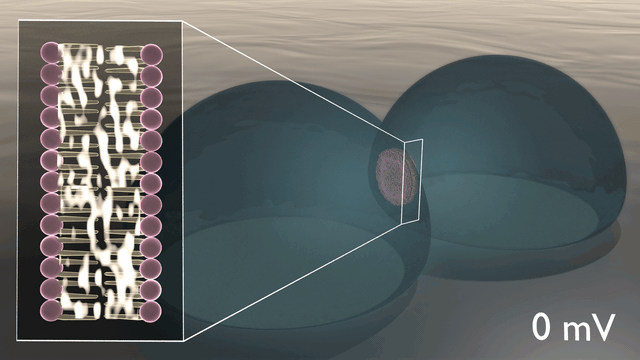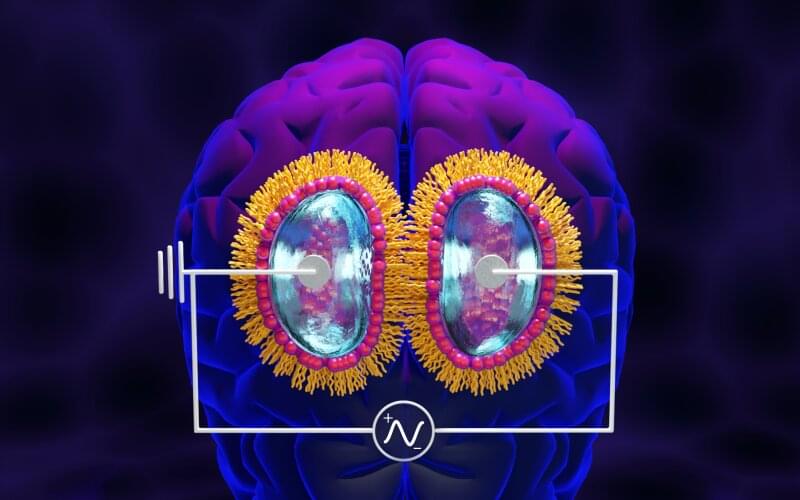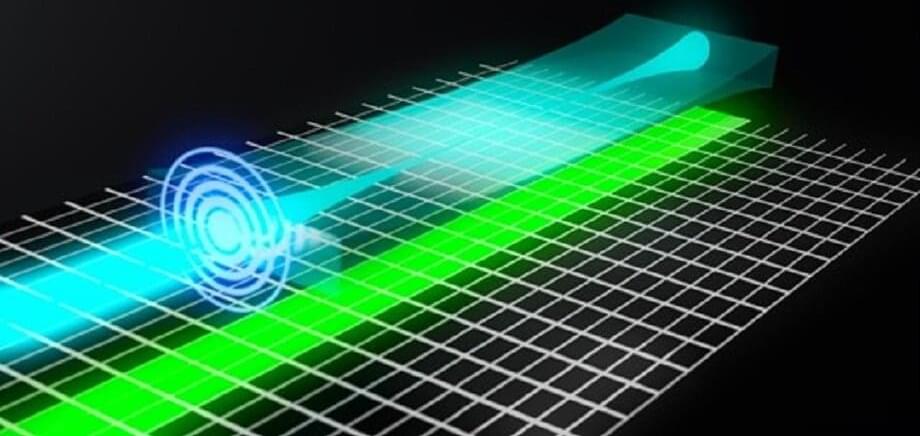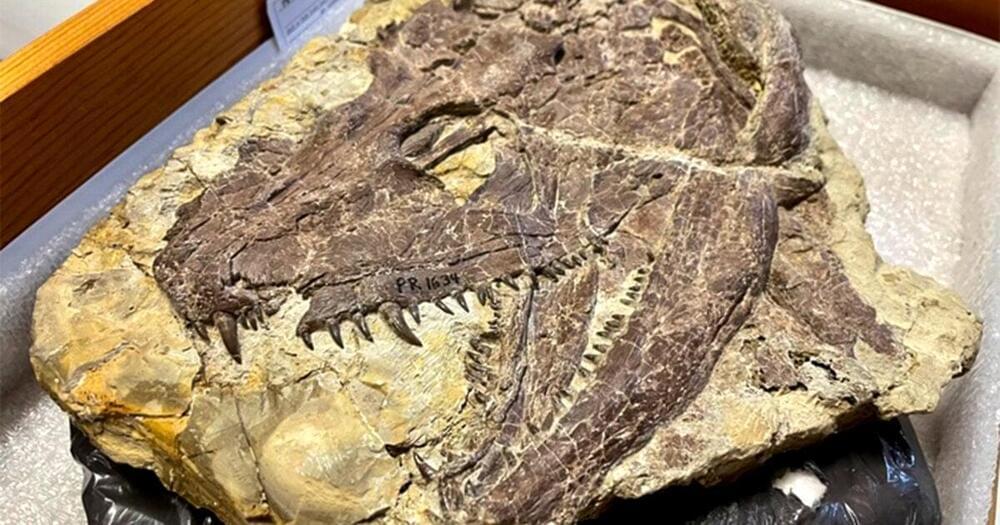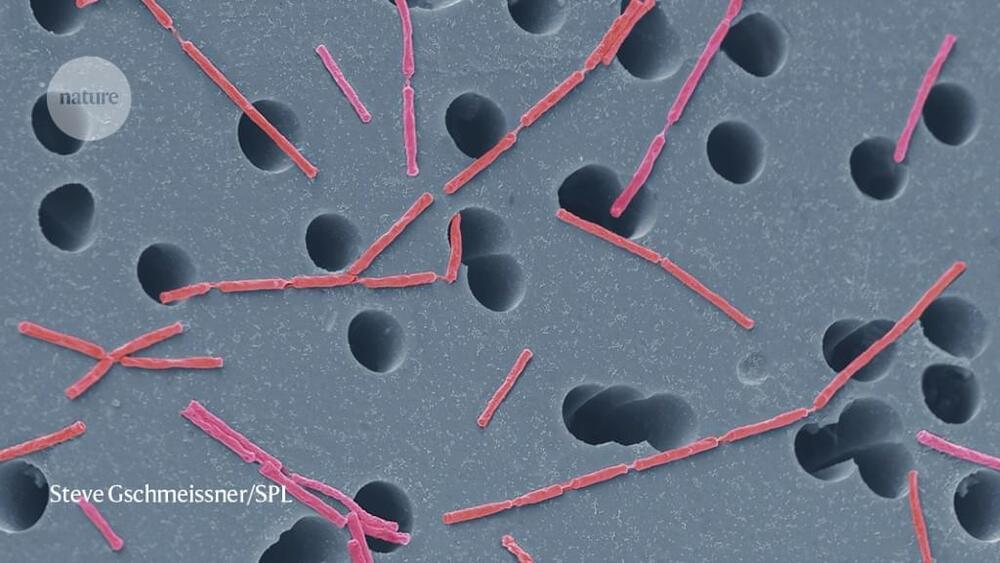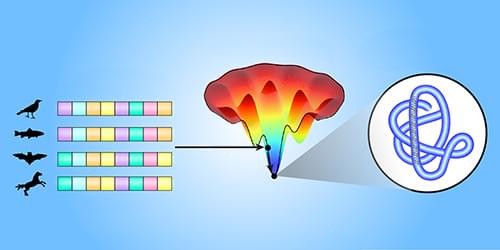Researchers at the Department of Energy’s Oak Ridge National Laboratory, the University of Tennessee and Texas A&M University demonstrated bio-inspired devices that accelerate routes to neuromorphic, or brain-like, computing.
Results published in Nature Communications report the first example of a lipid-based “memcapacitor,” a charge storage component with memory that processes information much like synapses do in the brain. Their discovery could support the emergence of computing networks modeled on biology for a sensory approach to machine learning.
“Our goal is to develop materials and computing elements that work like biological synapses and neurons—with vast interconnectivity and flexibility—to enable autonomous systems that operate differently than current computing devices and offer new functionality and learning capabilities,” said Joseph Najem, a recent postdoctoral researcher at ORNL’s Center for Nanophase Materials Sciences, a DOE Office of Science User Facility, and current assistant professor of mechanical engineering at Penn State.
